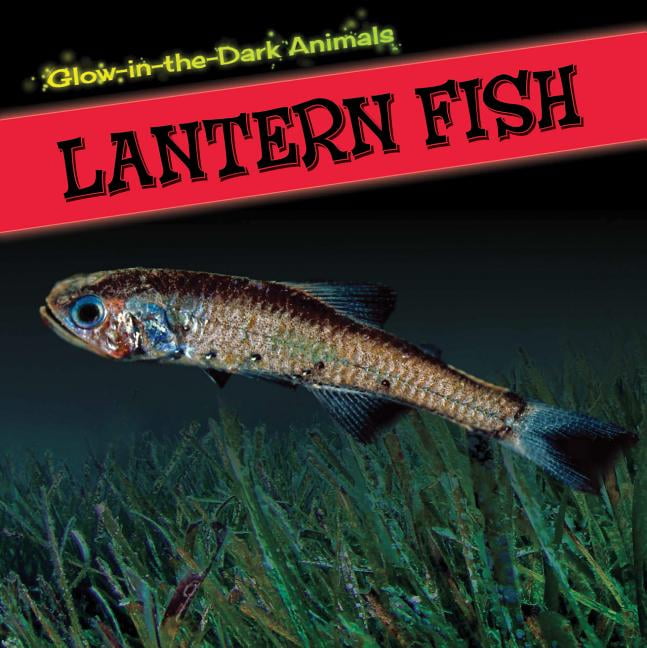
They eat at night.īehavior and reproduction: Skinnycheek lanternfish travel up and down in the water for feeding. As they grow larger, these fish eat larger crustaceans. Habitat: Skinnycheek lanternfish live in open water in the middle depths of the ocean, near the continental shelf edges, and around islands.ĭiet: Skinnycheek lanternfish eat crustacean plankton. Geographic range: Skinnycheek lanternfish live in the northern Indian Ocean, the Arabian Sea, and the Pacific Ocean near Japan. These fish are mirrorlike silver on the sides and belly and blue-black on the back. They are among the smaller lanternfishes, reaching a maximum length of about 2 inches (5 centimeters). Physical characteristics: Skinnycheek lanternfish have a large head and very large eyes. SKINNYCHEEK LANTERNFISH ( Benthosema pterotum): SPECIES ACCOUNT Lanternfishes are not threatened or endangered. Damage to or loss of lanternfish populations would be harmful to many other animals in the food web of the open ocean. Lanternfishes are very important to the ocean environment. Like sardines and anchovies, lanternfishes can be bought packed in oil. Lanternfishes are processed to form fish meal, which is used as poultry feed and as crop fertilizer. Warm-water species live one year or less, whereas cooler-water species may live three or four years. In warmer waters, lanternfishes spawn year-round. These species usually live in the deeper middle zone of the ocean and travel shorter distances. The flabby-bodied forms tend to move with a slow eel-like wriggling of the entire body. In general, these fishes are the strongest migrators and move around for food. Strong-bodied species swim in short bursts, propelled by rapid closing of the tail fin rays and a flick of the tail. Swimming behavior among lanternfishes takes two forms depending on the body type. The trips up and down take about two hours each, depending on conditions such as solar eclipses, the degree of moon fullness, the clearness of the night sky, and the presence of strong currents. These surface waters, usually above 330 feet (100 meters), are rich in food.

They move from middle depths into very shallow surface waters at night to feed and to lay their eggs. Little is known about the behavior of lanternfishes. Plankton are microscopic plants and, in this case, animals drifting in water. Crustaceans are water-dwelling animals that have jointed legs and a hard shell but no backbone. Some eat crustacean (krus-TAY-shun) plankton. Scientists do not know much about the feeding habits of lanternfishes. Larval or young lanternfishes live near the surface, mainly between about 160 and 800 feet (50 to 250 meters). Several lanternfishes are thought to live near, but not in contact with, the bottom at some point in life. Some may enter the upper part of the deep-water region. HABITATĪs adults most lanternfishes live in the middle depths of the open ocean, usually between 660 and 3,330 feet (200 and 1,000 meters).

Lanternfishes live all over the world except the Arctic Ocean. The rays, or supporting rods, of all lanternfish fins are soft. The pectoral fins of the flabby-bodied species are so small and delicate that they are almost unnoticeable. Some species have long, sweeping pectoral (PECK-ter-uhl) fins, which are the front pair, corresponding to the front legs of four-footed animals. The dorsal (DOOR-suhl) fin is the fin along the midline of the back. The light-producing organs on freshly captured lanternfishes appear silver, reddish, or deep blue.Īll lanternfishes have an adipose (ADD-uh-pohs) fin, which is a short fin between the dorsal fin and the tail fin. Some deep-dwelling lanternfishes are dark brown or black.

Lanternfishes are brilliant metallic bronze to dark blue-black on the back and have mirrorlike silvery sides and belly. One is a strong, firmly muscled body, and the other is a watery, flabby body with a weak skeleton and muscles. These fishes have two general body types. The jaws of lanternfishes have many tiny teeth. The most common lanternfishes look like anchovies and sometimes are called glowing anchovies. Lanternfishes are small, about 3 inches (8 centimeters) long. In addition to light-producing organs, many lanternfishes have glowing scales and glands. These organs are arranged in patterns that vary according to species. Lanternfishes have many light-producing organs covering their bodies. LANTERNFISHES: Myctophiformes SKINNYCHEEK LANTERNFISH ( Benthosema pterotum): SPECIES ACCOUNT


 0 kommentar(er)
0 kommentar(er)
